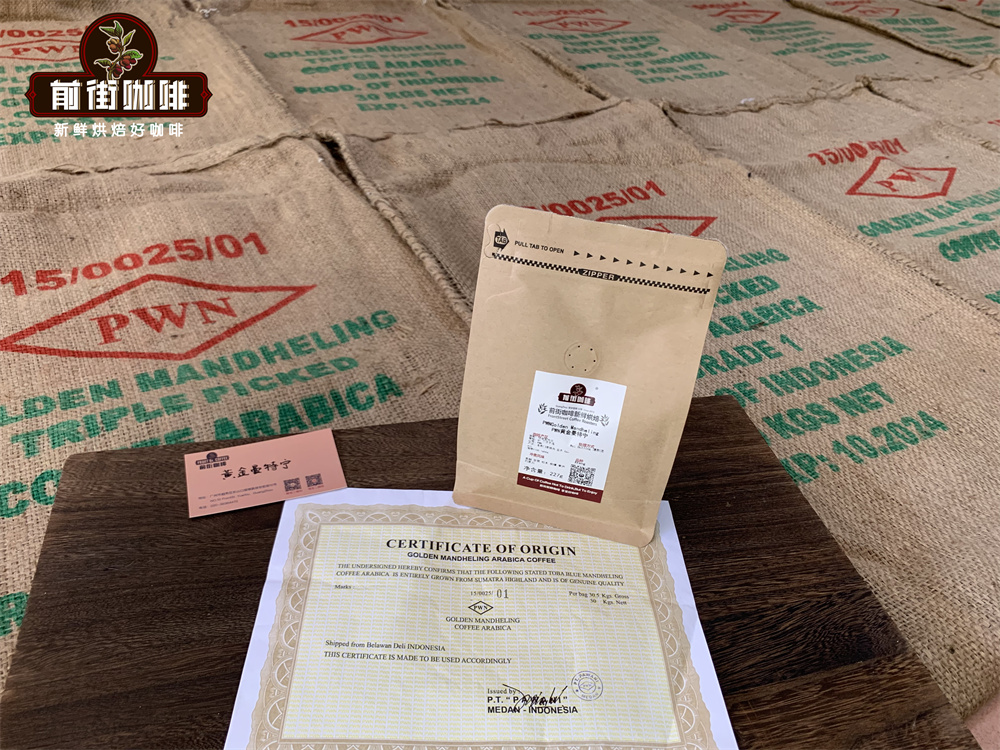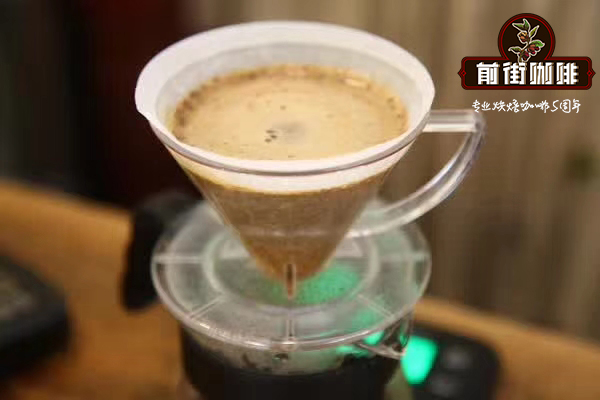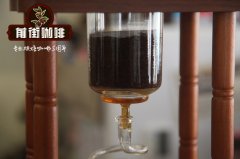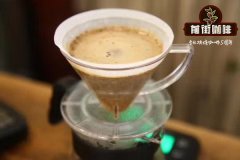A brief introduction to the Wet planing method in the producing area of Mantenin Coffee in Indonesia the difference between the characteristics of aged Mantenin and Golden Manning

Brief introduction of Mantenin Coffee producing area in Indonesia
The most famous coffee producers in Asia are the islands of Malaysia: Sumatra, Java and Kaliman. Sumatra manning coffee from the Indonesian island of Sumatra is the most famous, with two famous names, Sumatra mantenin DP first class and collection Sumatra mantenin. Sumatra Mantenin DP has a long aftertaste, with a hillside fragrance, which is unique to the earthy taste of the primeval forest.
The main producing areas of Indonesian coffee are Sumatra, Java and Sulawesi, of which "Manning" from Sumatra is the most famous.
Lintong is also known as Sumatran Coffee, Lake Tawa at the north end can be called Aceh Coffee or Lake Tawa Coffee, and the area between Lindong Coffee and Lake Toba can be called Manning.
Mainly from two producing areas:
One is the Aceh producing area, which includes five producing areas: Tawa Lake, Gaiyou Mountain, Gaiyou nationality, Yaziman and Takangong Manning.
The other is the producing area of North Sumatra, which is composed of four producing areas: Lake dopa, Lindong, Mandainin and Badak.
Manning's unique wet planing method
Wet planing, also known as wet shelling Wet Hulling, also known as Giling Basah in the local language, is a traditional Indonesian coffee treatment. Judging from the name alone, the wet planing method is very similar to the wet treatment (water washing treatment). However, the cup flavor of the two treatments is very different. The coffee treated by the wet planing method is usually mellow and strong, and the personality is very distinct.
Steps of wet planing treatment
① removes peel and pulp and retains parchment and mucous membrane.
② tank fermentation
③ washing off mucous membrane
④ with parchment is sun-dried for 2-3 days to 20-24% moisture content.
⑤ scraped off the parchment
⑥ dries raw beans to 12-13% moisture content.
⑦, prepare for exit.
Why do you use wet planing?
a. Climatic reasons
The tradition of using wet planing in Indonesia starts with the local weather. Humidity in Indonesia is between 70 and 90 percent all year round, typhoons continue, and in some areas, annual rainfall can reach as much as 2000mm. You know, raw beans are most afraid of Rain Water. How did Indonesia overcome such bad weather conditions to produce rich and mellow Mantenin coffee? That is to rely on wet planing.
In tropical climates, coffee takes an average of 2-3 weeks to dry. In such a humid climate in Indonesia, dry coffee has become a big problem. Coffee must take longer to dry, during which time the coffee still maintains a high humidity, making it easier for bacteria to soak into raw coffee beans.
In the process of ordinary washing, the drying process is carried out with parchment to protect raw beans from external damage to a certain extent. However, we can note that the wet planing removes the parchment for the final step of drying, so that the sun shines directly on the surface of the raw beans, causing the coffee beans to dry quickly, 2-3 times faster than washing.
b. economic performance
In the 17th century, Dutch colonists first introduced coffee to Indonesia. This group of colonists sought more and faster economic returns. Wet planing greatly shortened the time spent on the farm and greatly reduced the cost of labor. This coincides with the mentality of investors who pursue quick profits and reduce costs. This is also a reason to promote the wet planing method.
Aged bean treatment
Old coffee beans do not mean that coffee beans are not allowed after they have been kept for a long time, because coffee beans will rot after they have been kept for a long time, changing from fresh cyan to white, then to yellow, becoming dull, and even growing worms. Like aged wine, raw beans must be properly treated and stored for a long time before they can be called real [aged coffee].
The so-called old coffee beans (Aged bean) mean:
The natural aging of raw beans is achieved by prolonging the storage time (usually 2-3 years).
These changes include weakening of acidity, color change and thickening of beans.
The storage environment must be cool and ventilated.
Because the storage environment is dark and the storage time is long.
Old coffee is always hard to take off.
It is similar to musty smell or complex smell such as sack or leather.
Aged beans (Aged bean) must be strictly and carefully controlled during storage, regularly flipped evenly, humidity and ventilation adjusted to prevent moth or mildew.
Generally speaking, the storage of aged beans does not take place in the producing area or manor, but is the business behavior of raw bean dealers or brokers.
Coffee beans that are stored correctly
Will change their taste and appearance.
For example, the acidity weakens, the color is dark and lack of moisture.
The palate is thicker and thicker, with honey aroma in sweetness.
Some defects that originally belonged to raw beans have also become less obvious.

Important Notice :
前街咖啡 FrontStreet Coffee has moved to new addredd:
FrontStreet Coffee Address: 315,Donghua East Road,GuangZhou
Tel:020 38364473
- Prev

What is the refreshing effect of cold-extracted coffee? what is the method of cold-extracted coffee? cold-extracted coffee tastes good.
Professional coffee knowledge exchange more coffee bean information please follow the coffee workshop (Wechat official account cafe_style)
- Next

Kenya AB Comatina Cranberry Kenya AB Kenya AA
AB Comatina Kenya Cranberry growing area: Kiambu Micro-region: Gitwe Soil: Volcanic clay Elevation: 1400 m-1800 m Variety: L-28, SL-34, Ruiru 11 Treatment: Kenyan 72 hours washing Kenya is located in eastern Africa, adjacent to Ethiopia, the source of coffee. Although the soil was fertile, coffee was grown for the first time in the country,
Related
- Detailed explanation of Jadeite planting Land in Panamanian Jadeite Manor introduction to the grading system of Jadeite competitive bidding, Red bid, Green bid and Rose Summer
- Story of Coffee planting in Brenka region of Costa Rica Stonehenge Manor anaerobic heavy honey treatment of flavor mouth
- What's on the barrel of Blue Mountain Coffee beans?
- Can American coffee also pull flowers? How to use hot American style to pull out a good-looking pattern?
- Can you make a cold extract with coffee beans? What is the right proportion for cold-extracted coffee formula?
- Indonesian PWN Gold Mandrine Coffee Origin Features Flavor How to Chong? Mandolin coffee is American.
- A brief introduction to the flavor characteristics of Brazilian yellow bourbon coffee beans
- What is the effect of different water quality on the flavor of cold-extracted coffee? What kind of water is best for brewing coffee?
- Why do you think of Rose Summer whenever you mention Panamanian coffee?
- Introduction to the characteristics of authentic blue mountain coffee bean producing areas? What is the CIB Coffee Authority in Jamaica?

